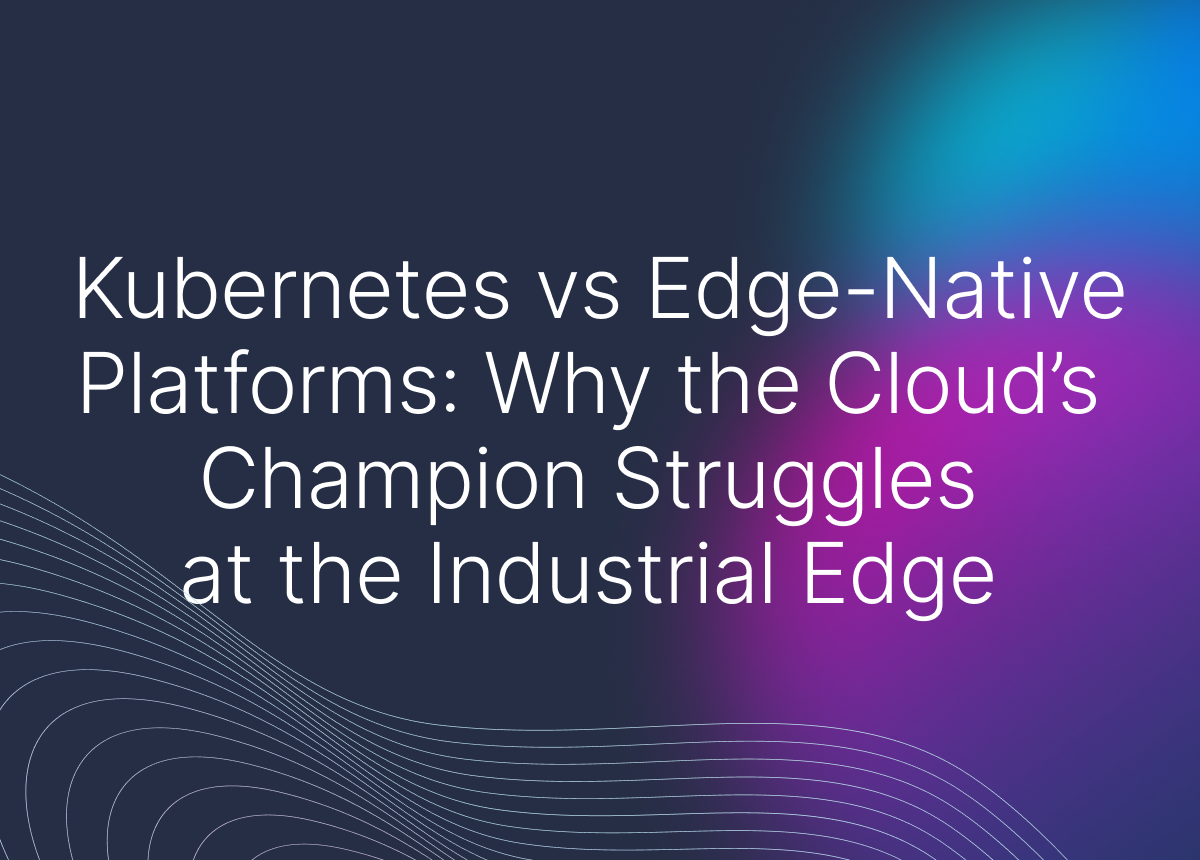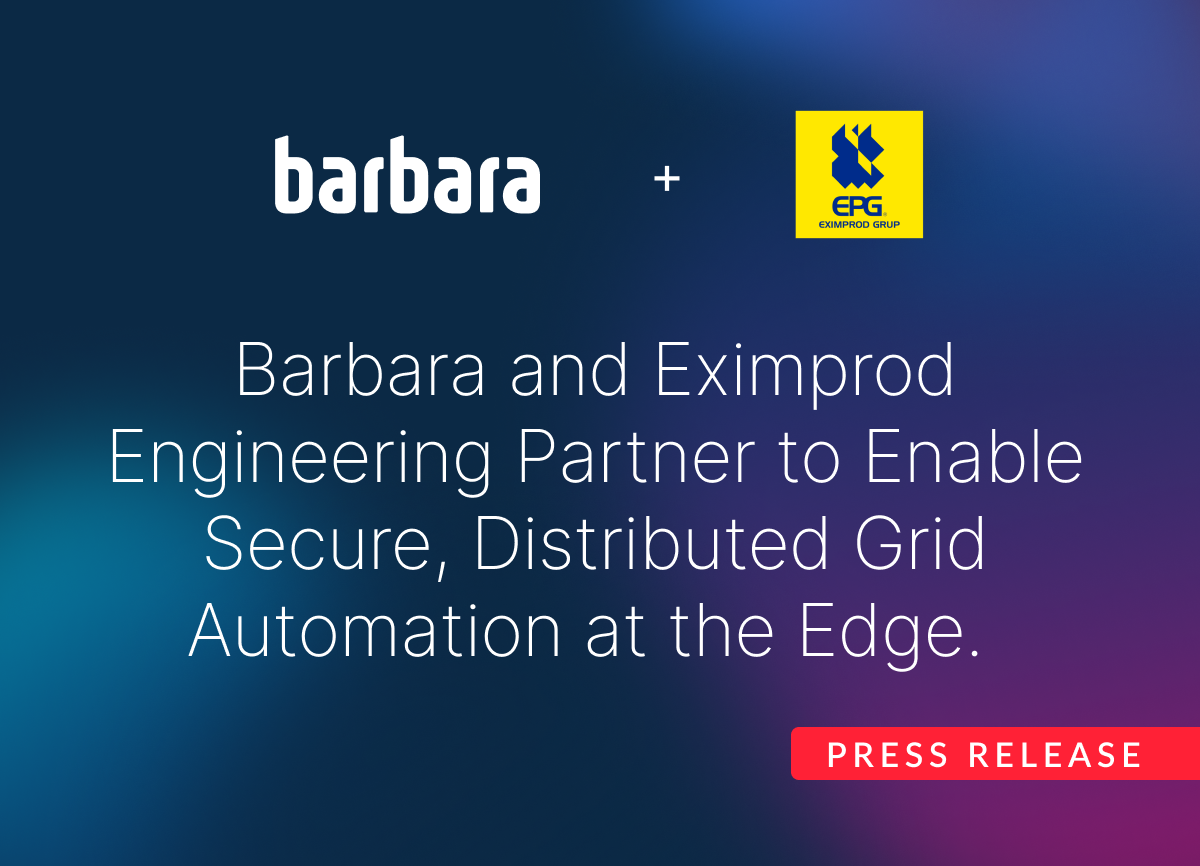The IT-OT convergence (part II): The Data Journey
This is the second article in our series exploring the challenges of Digital Transformation in industrial companies on their path to full IT-OT convergence. In this edition, we focus on the Data Journey, the process of transforming raw data into intelligent, AI-driven organization.
What do we mean with “Data Journey”?
As companies embark on digital transformation, they build a data-centric strategy to drive innovation. Their Data Team explores how to leverage data to solve challenges, optimize processes, and unlock new revenue streams. This journey begins with data collection and can evolve into advanced AI model development, a process we call the Data Journey.
This second article is part of a series where we are covering the complexities of the Digital Transformation in industrial companies towards the full IT-OT convergence. (If you missed the first article, we recommend starting there).
The Data Journey: from Data to Insights
In the process of planning and implementing a data-centric strategy, companies start their journey by obtaining data and can culminate as far as in the creation of AI models from this data.
In planning and implementing a data-centric strategy, companies embark on a journey that begins with data collection and can evolve into AI-driven solutions.
The Data Team leads this process, addressing specific business challenges by defining what data to collect and how to turn it into actionable insights.
It all starts with data. Initially, teams develop business intelligence applications, such as visual dashboards to present information or generate reports. As their strategy matures, these applications often evolve into AI-powered solutions, unlocking deeper insights and smarter decision-making.

First challenge: Collecting Data
One of the first obstacles Data Teams face is accessing the right data to implement their strategy. Often, they begin by experimenting with offline data,such as CSV files or Excel sheets, provided by Operations or Infrastructure teams. However, this data is often incomplete or outdated, limiting the scope and ambition of their data-driven initiatives.
To truly maximize digital transformation, companies must ensure their Data Teams have access to real-time, high-quality data. This may involve adding sensors to capture previously unmeasured parameters or connecting industrial assets to extract and integrate valuable operational data.
Related article : How The Electric Distributor Cuerva Navigated from the Dark Edge to the Intelligent Edge
From Raw Data to Actionable Insights
Once data is collected, the next step is transforming it into meaningful information. Raw data alone holds little value until it is processed, analyzed, and presented in a way that drives decision-making.
The Data Team typically develops dashboards and reporting tools to visualize key metrics, helping stakeholders spot trends, detect anomalies, and make informed decisions. Real-time dashboards provide an instant snapshot of operations, while customized reports generate alerts for specific conditions, enabling proactive responses.
This transformation lays the foundation for Business Intelligence (BI) applications, the first step toward advanced analytics. As these tools evolve, they can integrate predictive analytics, leveraging historical data to anticipate future trends, optimize processes, and uncover new opportunities, enhancing decision-making at every level.

Reaching Maturity: Intelligent Systems
The ultimate goal of the Data Journey is to develop intelligent systems that can automate decision-making processes and optimize operations in real-time. This is where AI and machine learning come into play. By leveraging advanced algorithms, companies can create systems that not only analyze data but also learn from it and make autonomous decisions.
Intelligent systems can predict equipment failures before they happen, schedule maintenance to minimize downtime, and optimize production processes for efficiency and cost savings. They can also adapt to changing conditions, improving their performance over time.
Achieving this level of intelligence requires a robust infrastructure capable of handling large-scale data processing and performing complex computations at the edge.
Seamless IT and OT integration is also crucial—IT teams provide computational power and data management, while OT teams ensure secure and reliable infrastructure. Collaboration between these teams is key to building an effective, scalable intelligent system.
Companies that successfully implement intelligent systems gain a competitive edge, reducing operational costs, improving product quality, and increasing agility in a rapidly evolving market.
The Data Journey culminates in the development of intelligent systems that automate decision-making and optimize operations in real time. This is where AI and machine learning take center stage, allowing systems to analyze data, learn from it, and make autonomous decisions, driving efficiency and innovation.
Barbara, the Edge Platform for Every Step of your Data Journey

Data teams need tools to help them orchestrate all the applications and even AI algorithms that they will eventually deploy in distributed locations. And Infrastructure teams need tools to help them transition their infrastructure from being isolated, to becoming truly intelligent.
This is where Barbara comes in.
Barbara is an Edge software platform that simplifies on-site deployment, execution, and monitoring of AI models and data applications making it as easy as the cloud, without the associated costs, privacy risks, or latency issues. It also provides OT Teams with the necessary tools to transform infrastructure into a smart, adaptive system.
The journey from data collection to intelligent systems is complex but essential for companies looking to stay ahead in today’s digital landscape. By mastering each phase of the Data Journey, from capturing raw data to deploying AI models, industrial organizations can unlock efficiency, drive innovation, and gain a powerful competitive edge.
With the right edge platform this transformation becomes not just possible, but seamless. Barbara is your trusted partner, guiding you every step of the way toward a smarter, data-driven future.

About Barbara
Barbara is the Edge AI Orchestration Platform for organisations seeking to overcome the challenges of deploying AI in highly distributed environments.
Barbara empowers OT managers with IT capabilities to digitize processes, enabling seamless data capture, processing, and real-time decision-making.
With Barbara, companies can deploy and monitor AI models in minutes by simply exporting and uploading them to the platform.
Digitization teams need efficient AI orchestration, while infrastructure teams require secure modernization without disrupting existing systems. Barbara enables both, orchestrating AI applications across distributed locations, modernizing infrastructure, and ensuring security, all without replacing existing components.
Our capabilities include:
.– Industrial Connectors for legacy or next-generation equipment.
.– Edge Orchestration to deploy and control docker-based applications across thousands of distributed locations.
.– Edge MLOps, to optimize, deploy, and monitor trained models using standard or GPU enabled hardware.
. – Remote Fleet Management for provisioning, configuration and updates of edge devices.
.– Marketplace of Certified Edge Apps ready to be deployed.
Contact us to discuss how we can help accelerate your Edge AI projects.



.png)





